KIMIKO BARBER is a Japanese cook and demonstrator who teaches regularly at cookery schools around the UK. She is the author of The Japanese Kitchen, The Chopsticks Diet and Japanese Pure and Simple, which was shortlisted for the World Food Media and Guild of Food Writers healthy eating awards, and Cook Japanese at Home. Her books have been translated into German, Spanish and Polish. Kimiko divides her time between London and Oxfordshire where she grows vegetables and keeps honeybees.
www.kimikobarber.co.uk
@kimiko_barber

CONTENTS
HOW TO USE THIS EBOOK
Select one of the chapters from the and you will be taken straight to that chapter.
Alternatively, jump to the to browse recipes by ingredient.
Look out for linked text (which is blue) throughout the ebook that you can select to help you navigate between related sections.
You can double tap images to increase their size. To return to the original view, just tap the cross in the top left-hand corner of the screen.
INTRODUCTION
Over the past decade or so, Japanese cuisine has gained phenomenal international popularity. When I first arrived in England in the 1970s there were very few Japanese restaurants. Today, there are more than 200 in central London alone, many of which require booking days, if not weeks, in advance, and boxes of sushi are sold next to sandwiches in supermarkets.
The Japanese have one of the highest life expectancies in the world and, despite the fact that the traditional cuisine is widely recognized as a healthy choice, it is often still perceived as difficult to prepare. I want to show you just how easy it is to cook Japanese food at home any night of the week. There is no doubt that many classic Japanese recipes do call for a lot of ingredients and cannot be made without the entire list. I havent included these recipes here, focusing instead on simple sushi, nourishing soups and comforting bowls of noodles and rice. If you have a reasonably well-equipped kitchen, you wont need any new equipment to make these dishes and one of the benefits of the ever-increasing popularity of Japanese cuisine is that the ingredients have also become much easier to find in supermarkets.
I have chosen three cheat basic ingredients, which form the cornerstone of many dishes alongside up to seven other ingredients. My cheats are: dashi, soy sauce/salt and cooking oil. Dashi is the stock that forms the foundation of much of Japanese cuisine. Dashi, unlike Western stock where simple ingredients are simmered for a long time, is instead a selection of carefully prepared ingredients that are briefly soaked in water or heated so as to extract nothing other than the very essence of the ingredients flavour. In general, there are two types ichiban (primary) dashi and niban (secondary) dashi. In this book where dashi is listed as an ingredient, it refers to primary dashi unless otherwise stated.
In Japanese cuisine, dashi provides a subtle undertone to almost all foods. It is not an overstatement to say that dashi is at the heart of Japanese cuisine, not because of the prominence of its own flavour, but because of the way it enhances and harmonises the flavours of other ingredients. So, you can understand why it had to be one of my cheats. Before the age of instant seasonings, almost every Japanese meal began with making fresh dashi from scratch. Today, most Japanese home cooks rely on instant dashi, packaged granules that dissolve in hot water, generically called dashi-no-moto, and you probably will turn to this instant method also. Although some are excellent, nothing compares with the subtle flavour and delicate aroma of freshly made dashi. I believe it is important that you understand the traditional method, especially when it is neither difficult nor time consuming, so you can find my recipe .
Soy sauce is one of the most important primary seasoning ingredients in Japanese food. Made of fermented soya beans, wheat, salt and water. Outside Japan you will find dark and light soy sauce and tamari. Dark is the all-rounder used for both cooking and dipping while light is saltier and used only for cooking. Tamari is thicker and slightly sweeter and is used for dipping. It contains no wheat, which is thought to enhance the aroma. Although soy sauce keeps for a long time, it is best kept refrigerated or at least in a cool, dark place and used within a few months of opening.
Apart from these three key basic ingredients, each recipe uses seven additional ingredients or fewer (not including any serving suggestions or optional toppings given in the recipes, nor any water used/listed). This means shorter preparation and cooking times, so you can make a meal with minimum effort. The aim of this book is to make these recipes part of your weekly repertoire and to show you just how easy it is to put delicious Japanese food on your table in no time at all, using just a handful of ingredients.



MUSHROOM SOBA [KINOKO SOBA]
Mushrooms are loved by Japanese people for their flavour, aroma and texture. In this dish, the broth is lightly thickened with cornflour to match the mushrooms silky texture. You can use any mushrooms of your choice.
Serves 2
 4 shiitake mushrooms
4 shiitake mushrooms
 50g (1oz) shimeji mushrooms
50g (1oz) shimeji mushrooms
 50g (1oz) enoki mushrooms
50g (1oz) enoki mushrooms
 600ml (20fl oz) soup broth (300ml/ pint , mixed with 300ml/ pint water)
600ml (20fl oz) soup broth (300ml/ pint , mixed with 300ml/ pint water)
 2 tablespoons cornflour mixed with 2 tablespoons cold water
2 tablespoons cornflour mixed with 2 tablespoons cold water
 200g (7oz) dried soba noodles
200g (7oz) dried soba noodles
 1 spring onion, finely chopped on the diagonal, to serve
1 spring onion, finely chopped on the diagonal, to serve
Cut off and discard the stems of the shiitake mushrooms. Both shimeji and enoki mushrooms are joined at the base, so cut and discard the bases and separate the clumps into bite-sized clusters with your hands.
Put the mushrooms and the broth in a saucepan and heat until just below the boil, then stir in the cornflour mixture to thicken.
Meanwhile, and then portion between two warmed bowls. Ladle in the hot broth and arrange the mushrooms attractively, then scatter over the chopped spring onion and serve immediately.

YELLOWTAIL SASHIMI [HAMACHI NO HIRAZUKURI]


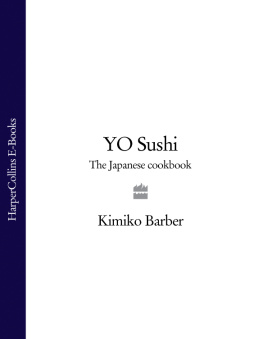
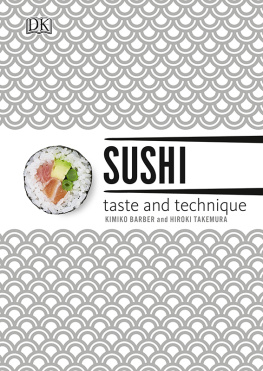


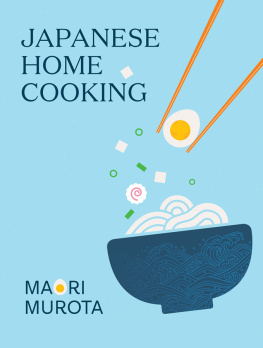

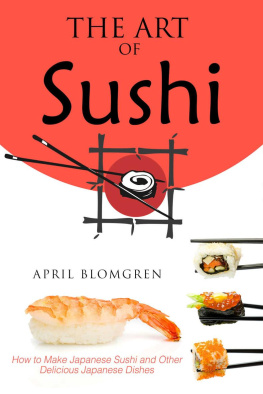
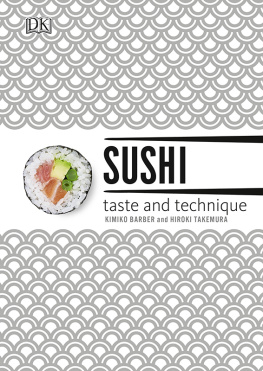
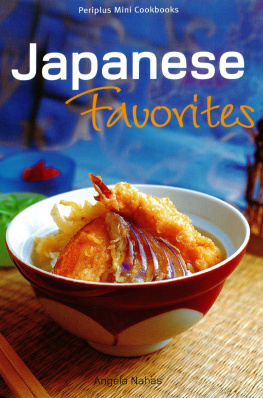
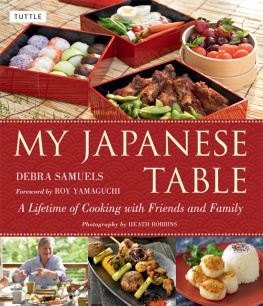





 4 shiitake mushrooms
4 shiitake mushrooms